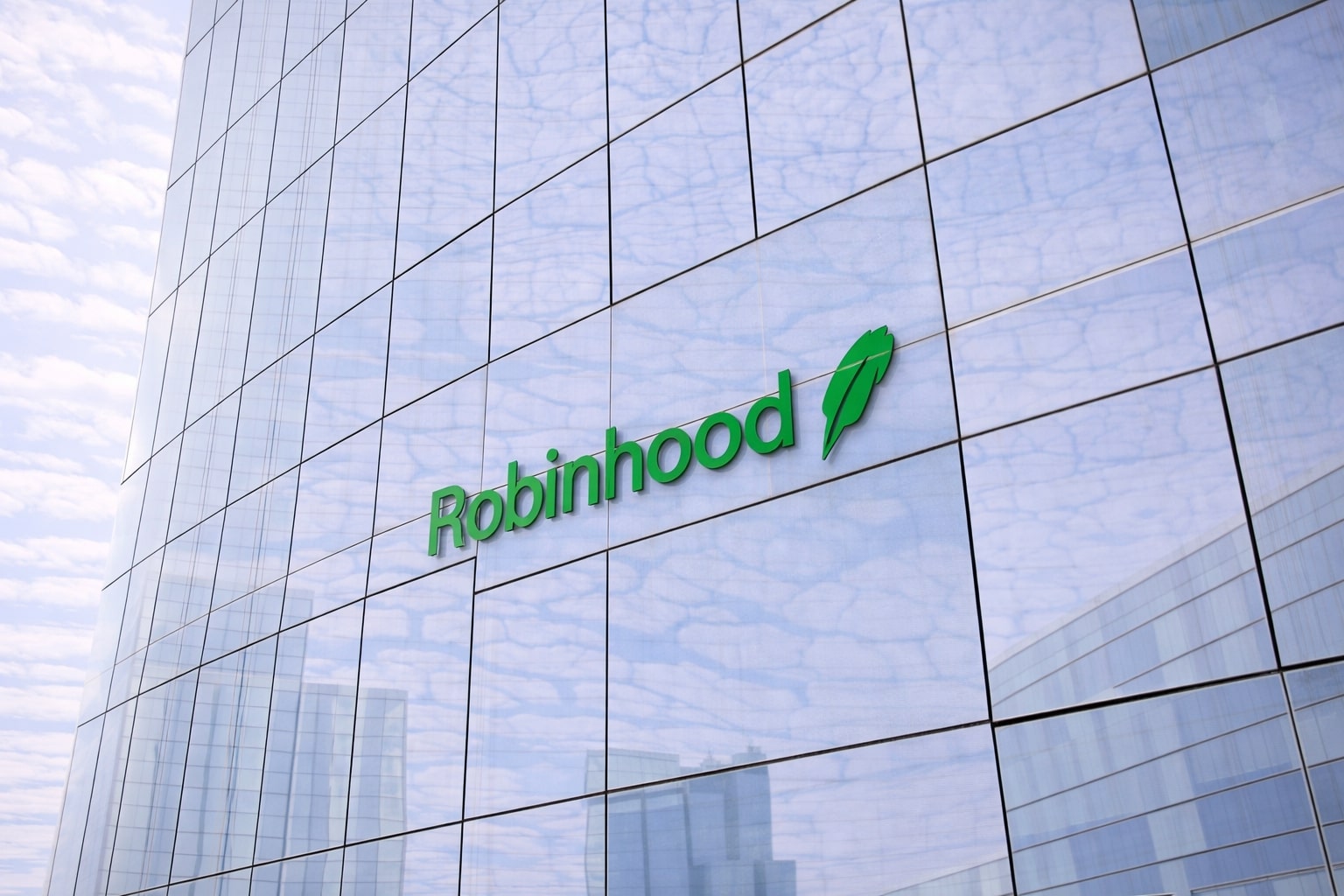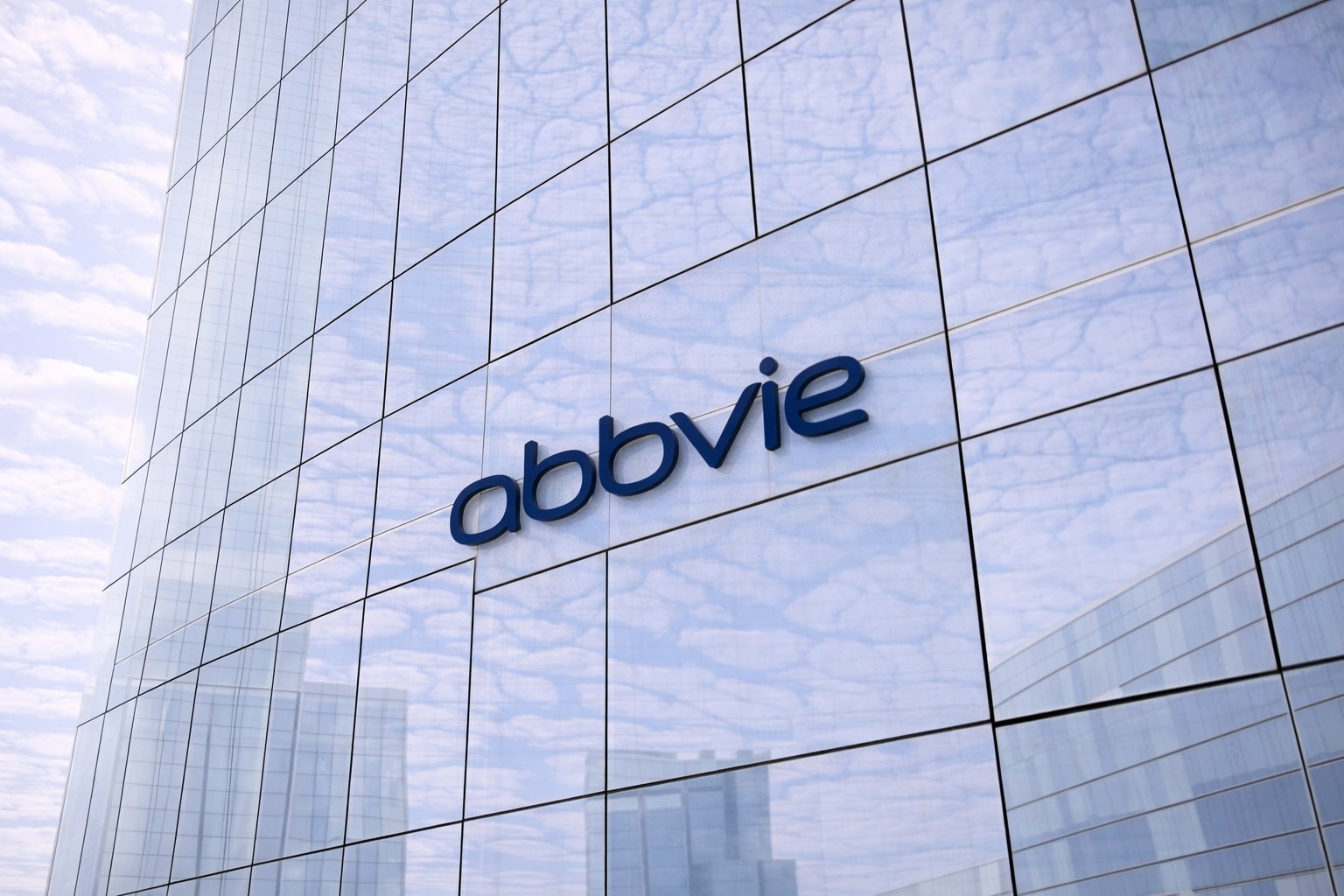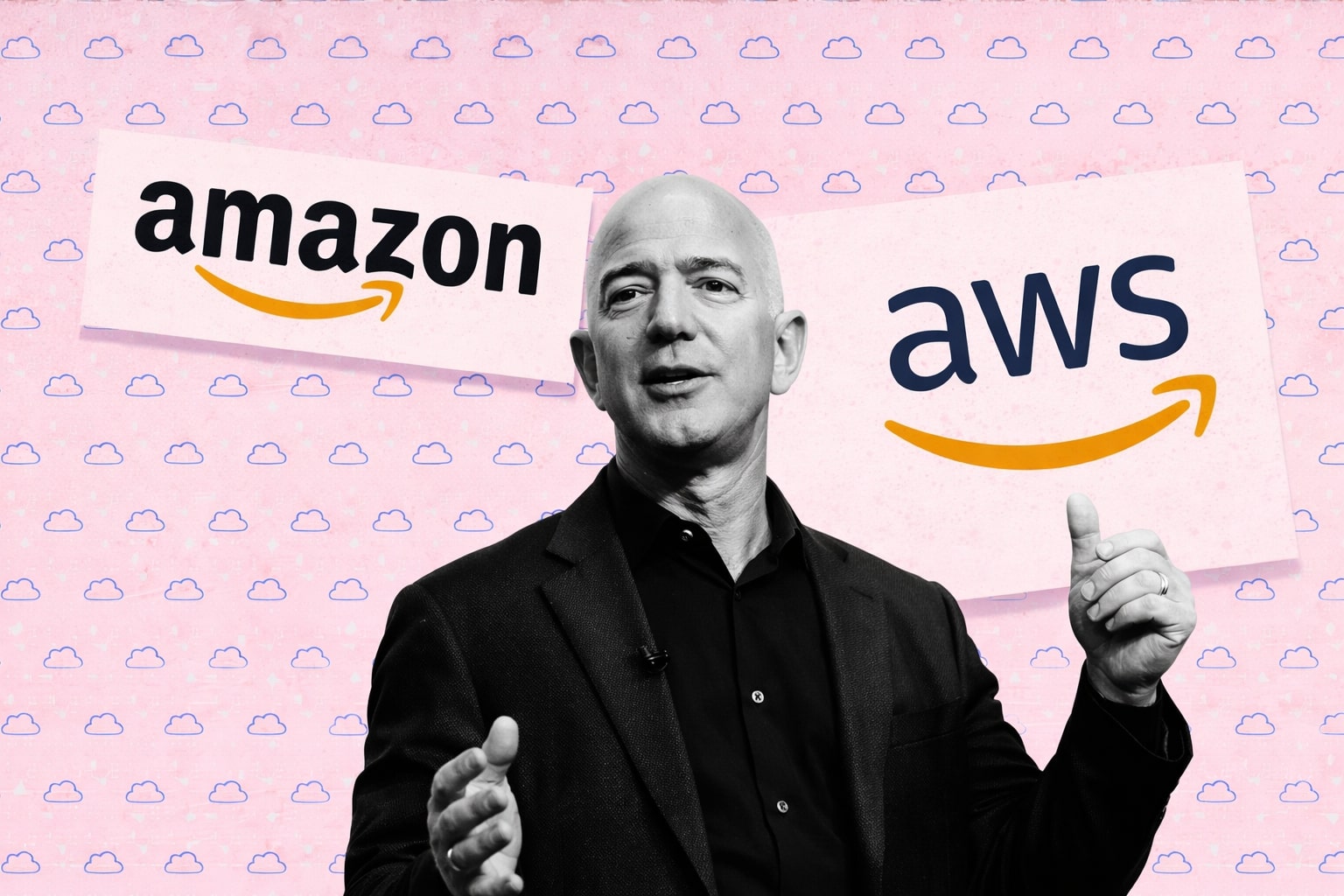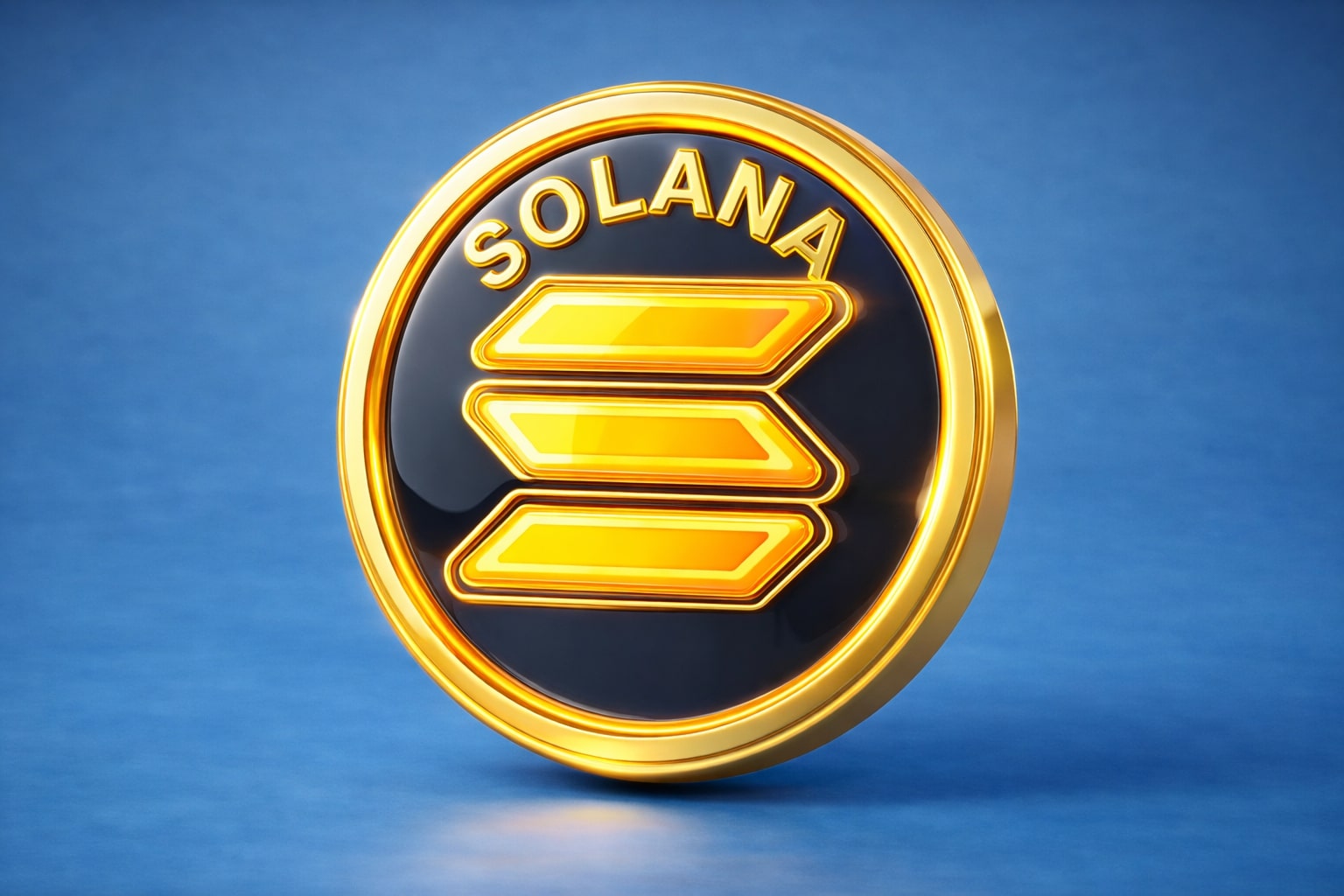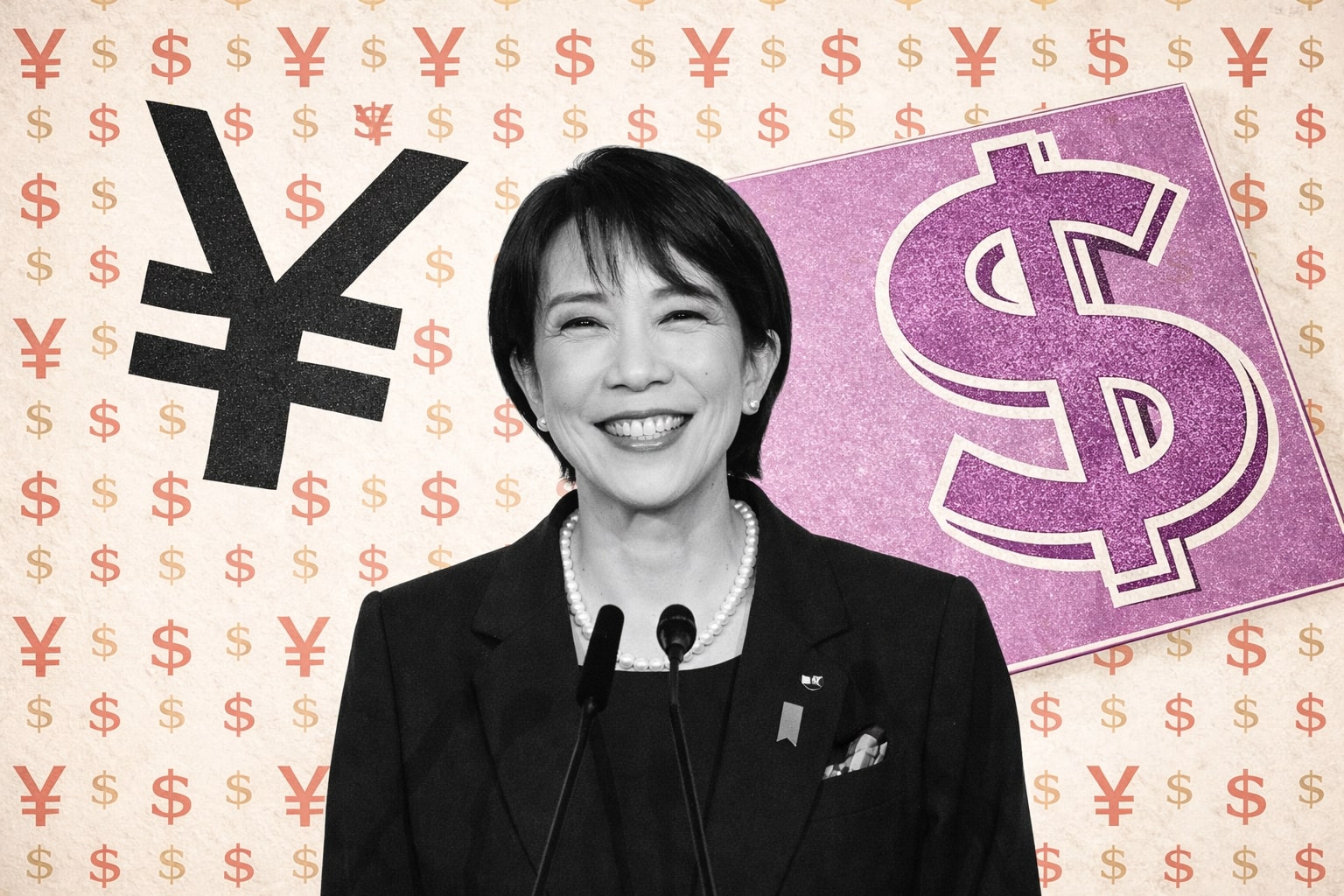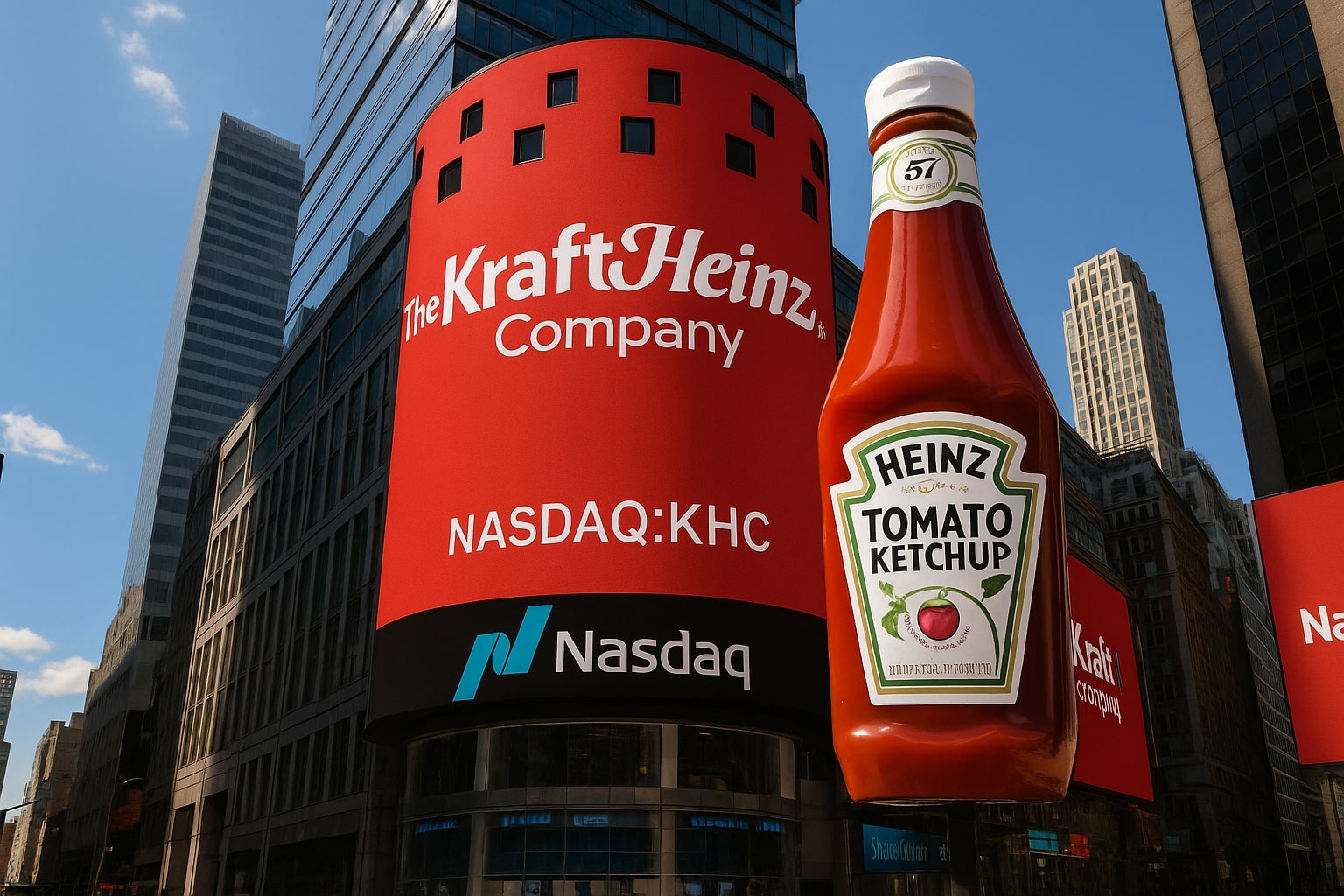
Kraft Heinz Stock Price Forecast: NASDAQ:KHC Drops to $26 as Breakup Sparks Buffett’s Disappointment
Iconic brands like Heinz and Oscar Mayer will split into two companies, but NASDAQ:KHC faces debt risks, $300M in dis-synergies, and fragile sentiment | That's TradingNEWS
NASDAQ:KHC Faces Pressure After Split Announcement
The Kraft Heinz Company (NASDAQ:KHC) has fallen sharply to $26.02, down almost 7% on September 2nd trading, after management confirmed plans to break the company into two independent businesses. The drop wiped billions from its market capitalization, bringing it to about $30.8 billion, a far cry from the $42.5 billion valuation seen just a year earlier. The plan envisions a separation into “Global Taste Elevation Co.”, holding core brands like Heinz, Kraft Mac & Cheese, and Philadelphia Cream Cheese, and “North American Grocery Co.”, carrying Oscar Mayer, Lunchables, and Kraft Singles. Management argues this move will reduce complexity, allow specialized focus, and unlock shareholder value. But the market reaction has been skeptical, in part because Kraft Heinz itself estimates up to $300 million in dis-synergies, which will weigh on cash flow in the early years post-split.
Earnings Performance and Margins at NASDAQ:KHC
The company’s earnings trajectory explains investor caution. For fiscal 2025, management projects adjusted EPS between $2.51 and $2.67, compared with $3.06 a year ago, implying a decline in net profitability. Revenues are expected around $25.2 billion, down from $25.85 billion in 2024. The trailing twelve months show a -20.8% net margin due to hefty impairment charges, though normalized EBITDA still holds near $6.3 billion. Operating cash flow remains solid at $4.4 billion, allowing the company to maintain a generous $1.60 annual dividend (5.72% yield at today’s price). But leverage is heavy, with $21.2 billion in debt translating to a debt-to-equity ratio above 51%. That debt load, combined with weaker organic growth, has kept the stock trading at depressed multiples—roughly 10.7x forward earnings, far below the S&P 500 average.
Warren Buffett’s Stance on NASDAQ:KHC
Berkshire Hathaway remains a major shareholder with a 27.5% stake in KHC. Warren Buffett has voiced disappointment, admitting the original 2015 Kraft-Heinz merger has not delivered the intended returns and suggesting that undoing it may not be a real fix. Since the merger closed, shareholders have lost about two-thirds of their value. Buffett’s next move is being watched closely; he could reduce exposure if he believes the split fails to create value, but with KHC trading at bargain valuations relative to peers like General Mills (GIS) or Campbell Soup (CPB), there is an argument for holding onto the position for income and recovery potential.
Segment Breakdown and Growth Opportunities
The planned Global Taste Elevation unit produced $15.4 billion in 2024 revenue and $4 billion EBITDA, driven by high-margin categories like sauces and meals. Brands such as Heinz have delivered 7% annual organic growth in the last five years, while emerging markets contributed 10% growth annually, a bright spot for the portfolio. Roughly half of revenue is U.S.-based, with the rest split across developed and emerging markets. Meanwhile, the North American Grocery Co. generated $10.4 billion revenue and $2.3 billion EBITDA in 2024, with household staples serving 90% of U.S. homes. Brands like Oscar Mayer and Lunchables each top $1 billion in annual sales, but growth is modest. Only 4% of revenue comes from food-away-from-home channels, compared with an industry average of 19%, leaving a clear expansion opportunity if execution improves.
Valuation and Analyst Outlook for NASDAQ:KHC
At $26 per share, KHC is valued well below consumer defensive peers, trading at 1.33x sales and 0.80x book value, compared with Nestlé’s 2.5x sales multiple. The forward dividend payout ratio is about 73%, raising concerns about sustainability if earnings fail to recover post-spin. Yet analysts still target a one-year price of $30.29 on average, with some seeing upside to $51. That would imply nearly 20% to 95% upside depending on scenario, suggesting the market may be too harsh in its discount. Institutional ownership sits at nearly 60%, and insider holdings remain high at 27.8%, showing alignment but also concentration of risk. Short interest is 6% of float, not alarmingly high, but enough to add pressure in weak sessions.
Investor Sentiment and Dividend Stability
KHC’s 6% dividend yield is one of its main attractions. Management insists the payout will be preserved across both post-spin companies, a bold stance given expected dis-synergies. If maintained, the yield could anchor valuation and attract defensive-income investors, especially with the stock already down 21% in the past year compared to a 17% gain for the S&P 500. But the split may raise capital costs for both entities, and if either loses its investment-grade credit rating, refinancing debt could erode that dividend cushion quickly. The dividend is what keeps many long-term investors in KHC, and its fate post-breakup is pivotal.
NASDAQ:KHC Technical Levels and Market Action
The stock has been stuck in a bearish channel, breaking down from $27.97 to the current $26.02, only slightly above its 52-week low of $25.44. Resistance is heavy at $30, aligning with analyst average targets, while any break below $25 risks testing deeper lows last seen in pandemic-driven selloffs. Volume spiked to 43.3 million shares on the split news, nearly three times the average daily turnover, showing the intensity of selling pressure. The market cap has been compressed by nearly $12 billion in a year, reflecting not just macro headwinds but also skepticism about management’s strategy.
Final Assessment on NASDAQ:KHC
The Kraft Heinz Company remains at a crossroads. It trades at depressed multiples, offers one of the highest dividends in consumer staples, and holds iconic brands that dominate their categories. Yet its decision to split into two public companies brings execution risk, cost dis-synergies, and questions about whether this truly solves structural underinvestment in its brands. At $26 per share, the stock looks cheap relative to peers, but sentiment is fragile and the burden of proof lies squarely with management. The dividend, Warren Buffett’s stake, and the valuation gap are the key supports preventing further collapse. If execution post-spin is strong, NASDAQ:KHC could rebound toward the $30–$36 range, but without clear delivery, investors may continue to treat it as a value trap despite the 6% yield.
That's TradingNEWS
Read More
-
Robinhood Stock Price Forecast: HOOD at $115 After 200% Rally Faces Valuation Stress
02.01.2026 · TradingNEWS ArchiveStocks
-
Solana Price Forecast: SOL-USD Near $130 as Whales Buy the Dip and $160 Breakout Zone Looms
02.01.2026 · TradingNEWS ArchiveCrypto
-
Natural Gas Price Forecast: NG=F Tests $3.50–$3.60 Floor Before LNG Wave
02.01.2026 · TradingNEWS ArchiveCommodities
-
Stock Market Today: Nasdaq Hits 23,467 as Nvidia (NVDA), Micron (MU) and Baidu (BIDU) Drive AI Surge
02.01.2026 · TradingNEWS ArchiveMarkets
-
USD/JPY Price Forecast - USDJPY=X Holds Near 157 as BoJ Caution and Fed Cut Bets Drive the Move
02.01.2026 · TradingNEWS ArchiveForex














